48+ Sample Professional Letter of Recommendation
-
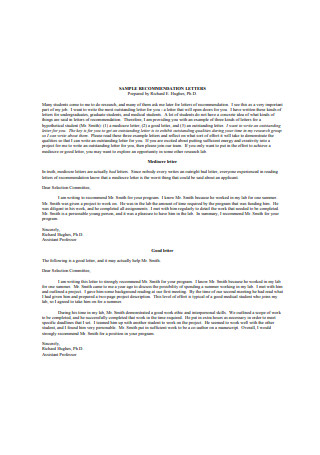
Sample Recommendation Letter
-
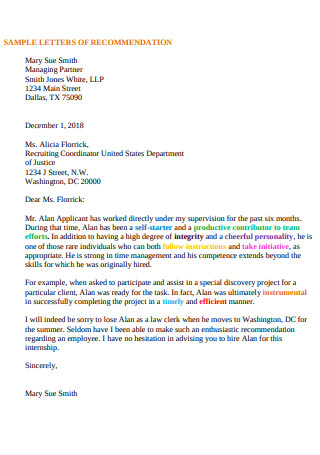
Sample Letter of Recommendation
-
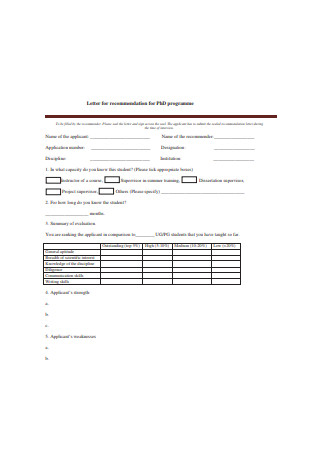
Letter for Recommendation for PhD Programme
-
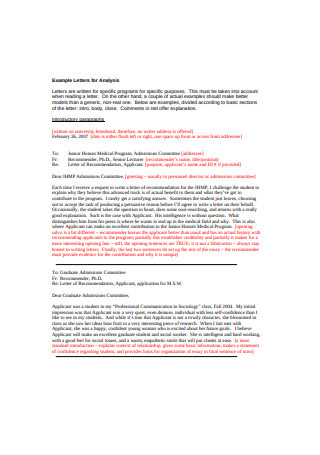
Example Letters of Recommendation
-
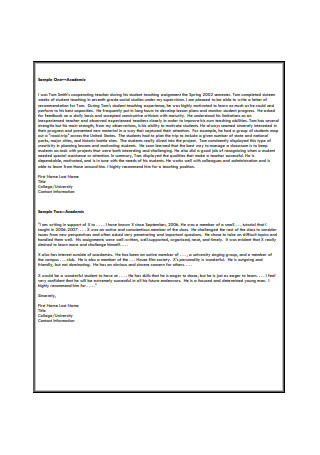
Recommendation Letter Format
-
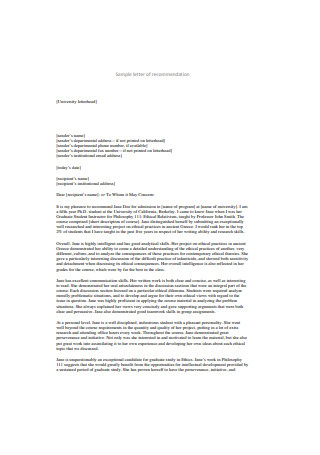
Professional Letter of Recommendation
-
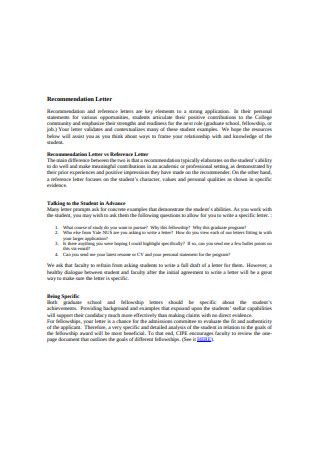
Recommendation and Reference Letter
-
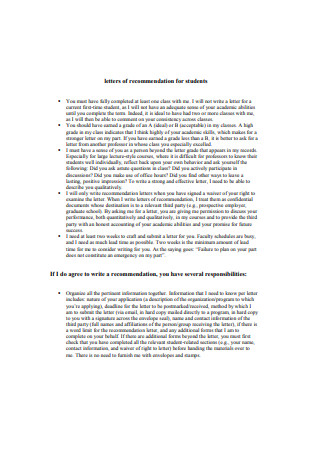
Letters of Recommendation for Students
-
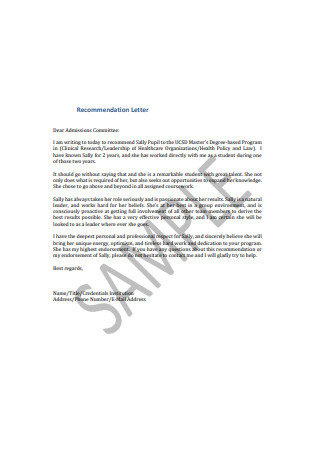
Simple Recommendation Letter
-
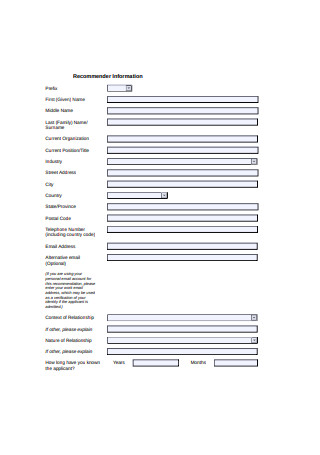
Recommendation Letter Form
-
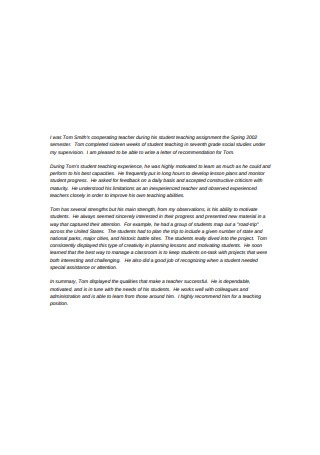
Recommendation Letter Example
-
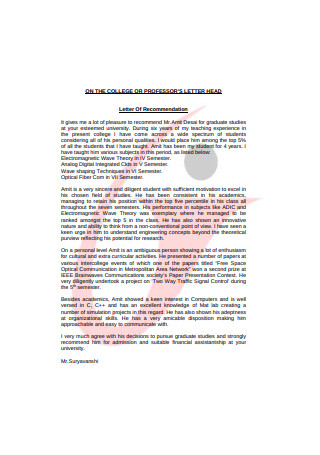
College Letter Head Letter of Recommendation
-
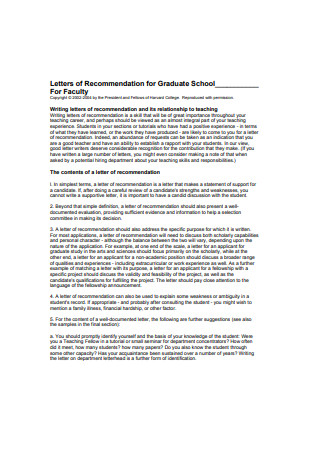
Letter of Recommendation for Graduate School for Faculty
-
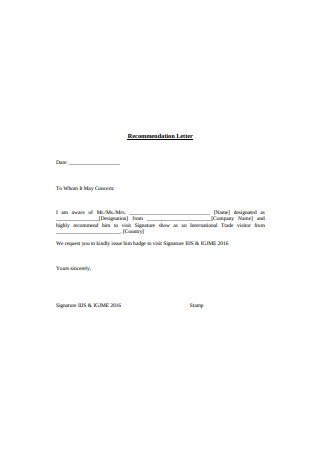
Professional Recommendation Letter
-
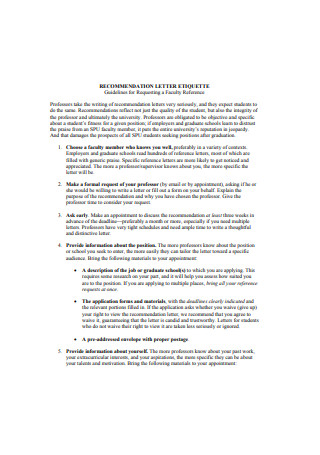
Recommendation Letter Etiquette
-

Letters of Recommendation
-
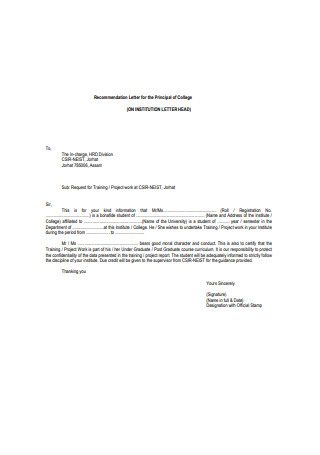
Recommendation Letter for the Principal of College
-
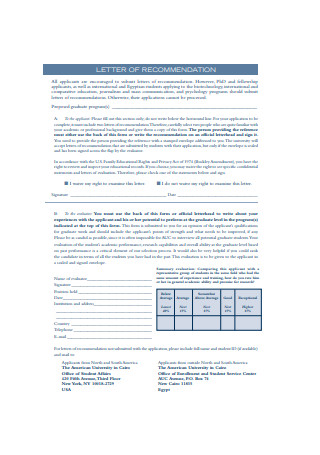
Letter of Recommendation
-
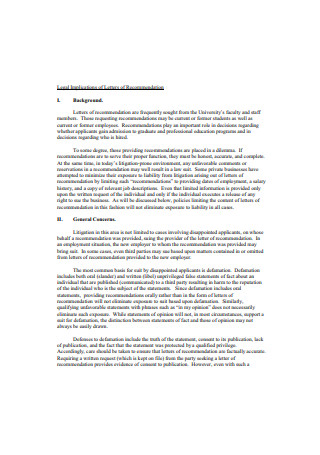
Legal Implications of Letters of Recommendation
-
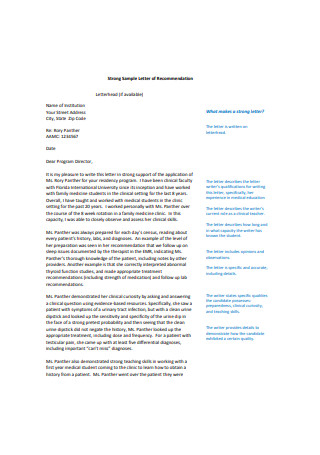
Strong Sample Letter of Recommendation
-
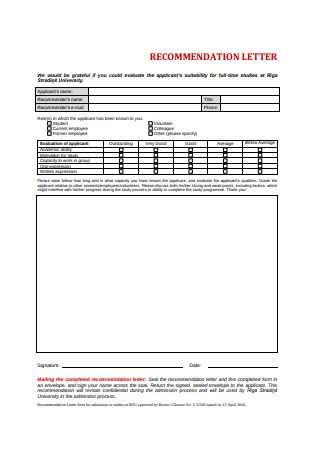
Recommendation Letter Form
-
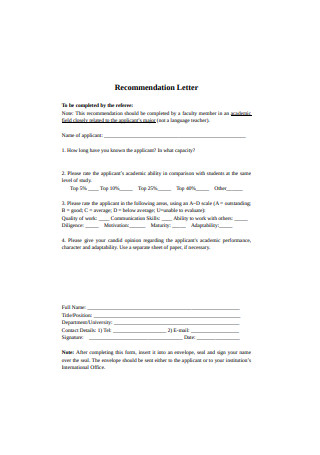
Format of Recommendation Letter
-
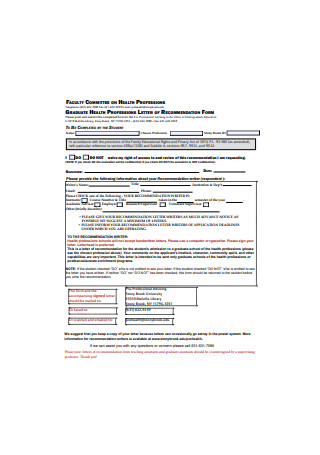
Graduate Health Professions Letter of Recommendation Form
-
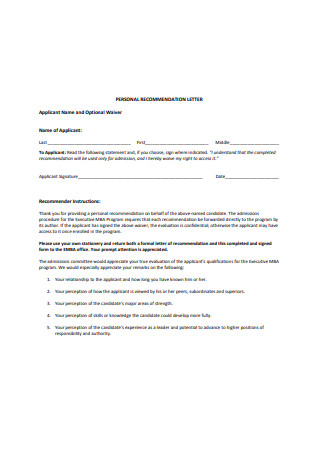
Personal Recommendation Letter
-
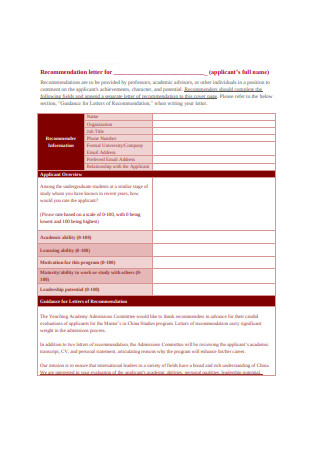
Recommendation Letter Form Example
-
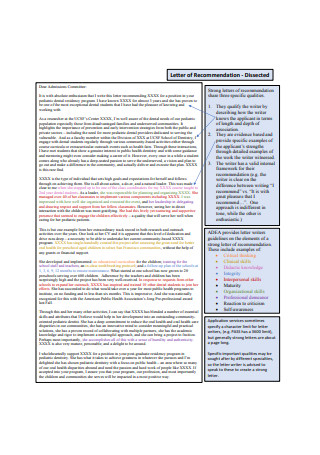
Dissected Letter of Recommendation
-
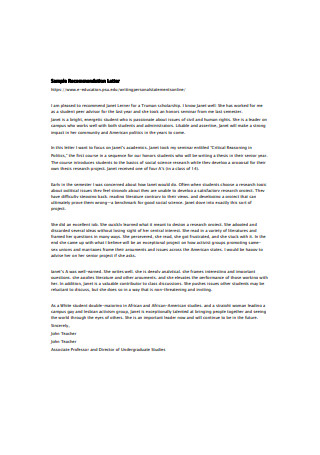
Formal Letter of Recommendation
-
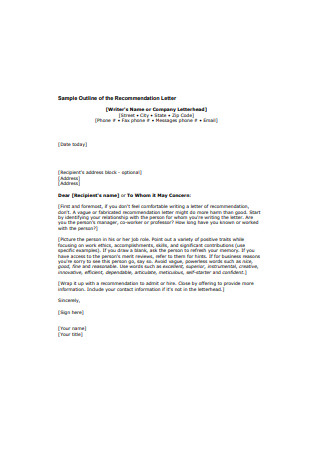
Sample Outline of the Recommendation Letter
-
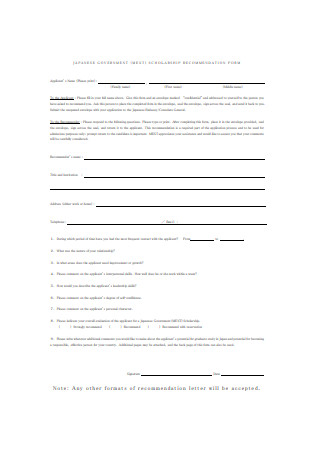
Scholarship Recommendation Letter Form
-
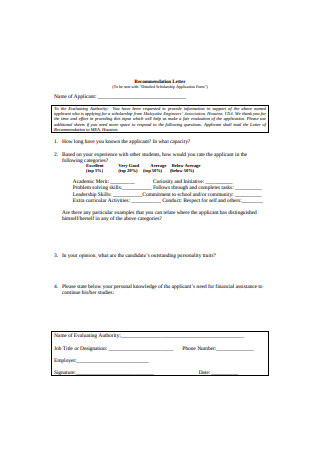
Recommendation Letter Application Form
-
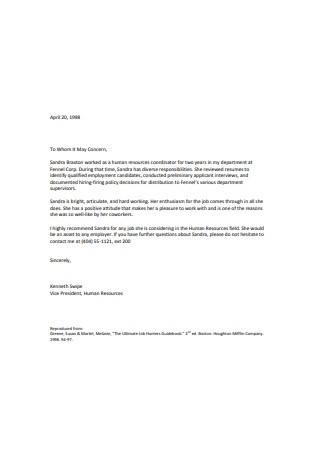
Formal Letter of Recommendation
-
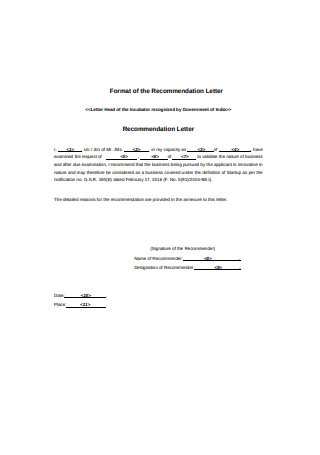
Format of the Recommendation Letter
-
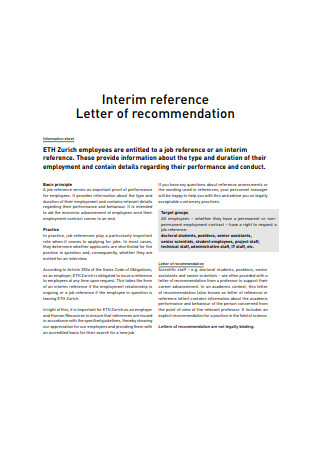
Interim Reference Letter of Recommendation
-
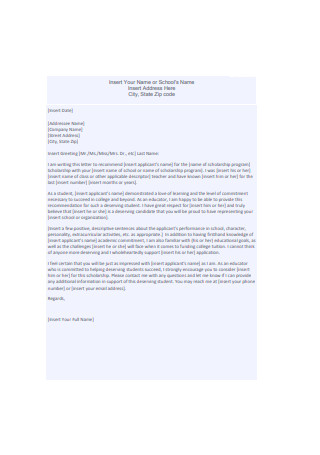
Scholarship Recommendation Letter
-
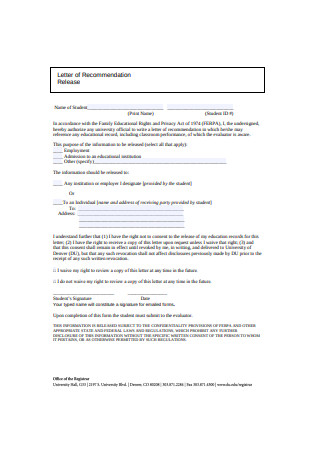
Letter of Recommendation Release
-
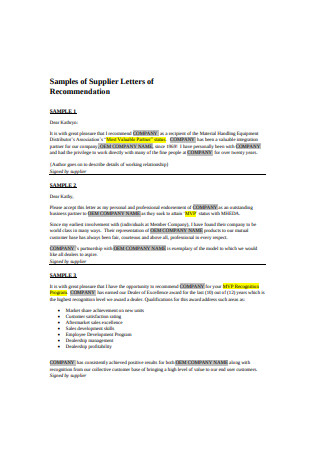
Sample of Supplier Letter of Recommendation
-
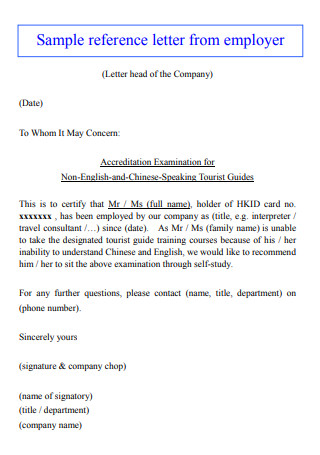
Sample Reference Letter from Employer
-
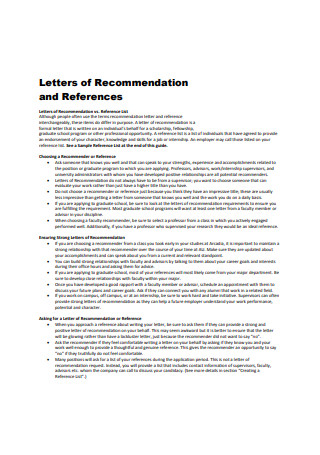
Letter of Recommendation and References
-
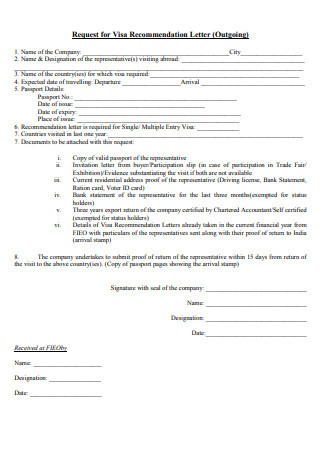
Request for Visa Recommendation Letter
-

Sample Academic Advisor Recommendation Letter
-

Company Recommendation Letter
-
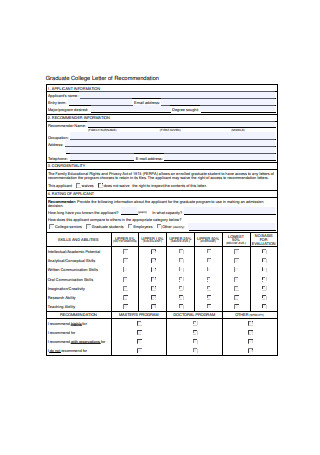
Graduate College Letter of Recommendation
-
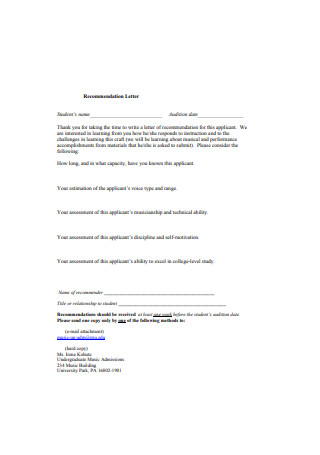
Music Recommendation Letter
-
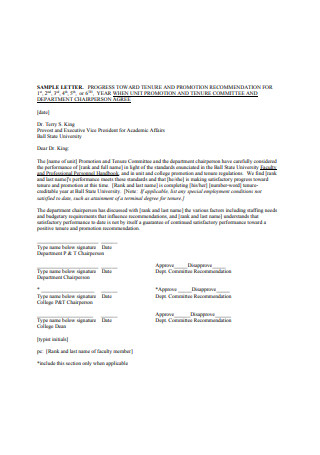
Promotion Recommendation Letter
-
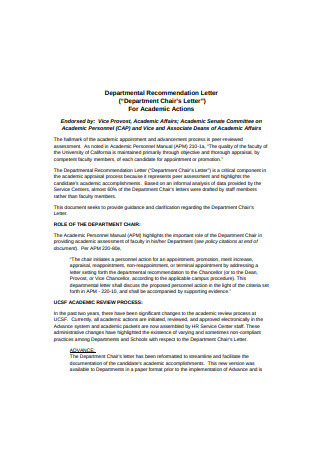
Departmental Recommendation Letter
-

Graduate Admission Recommendation Letter
-
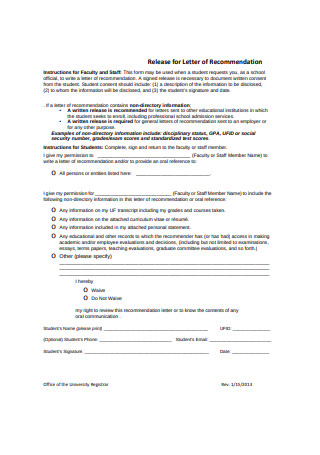
Release for Letter of Recommendation
-
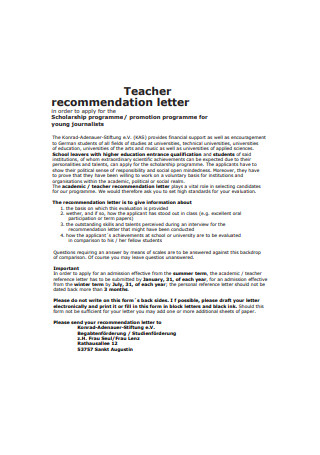
Teacher Recommendation Letter
-
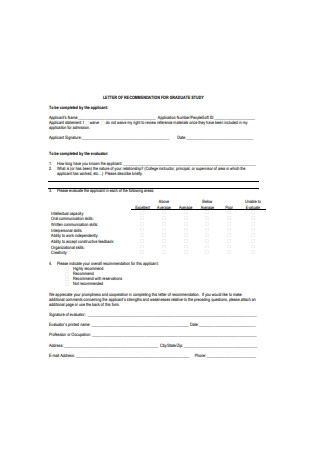
Letter of Recommendation for Graduate Study
-
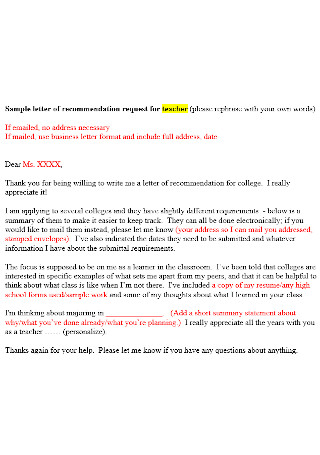
Teacher Recommendation Letter
download now -
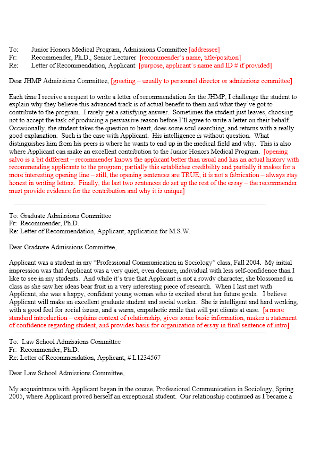
Simple Letters of Recommendation Template
download now
FREE Professional Letter of Recommendation s to Download
48+ Sample Professional Letter of Recommendation
What Is a Professional Letter of Recommendation
The Types of Letter of Recommendation
How to Write a Professional Letter of Recommendation
The Dos and Don’ts of a Professional Letter of Recommendation

What Is a Professional Letter of Recommendation
A professional letter of recommendation is something written by a former employer, client, colleague, or mentor to vouch for the skills and qualification of a professional who is looking into attaining a specific job position. This can be alternatively described as a written vote of confidence by someone in a position to adequately assess the positive and relevant characteristics of job applicants. For the most part, a letter of recommendation will be sent to hiring managers for the purpose of facilitating interviews or for the candidate’s introduction.
According to Statista.com, “there were 7.35 million job openings on the last business day of June 2019. The job openings rate was 4.6 percent.”
According to NPR, “the United States’ unemployment rate drops to 3.7 percent, which is the lowest in almost 50 years.”
According to Fortune.com, “34% of Americans over age 25 have completed four years of college or more vs. just 28% before the last recession—and the highly educated are more likely to be employed.”
The Types of Letter of Recommendation
There are three primary types of recommendation letters, each one suited towards varying purposes. Below is the list along with the detailed description of each type.
How to Write a Professional Letter of Recommendation
Being tasked with writing a professional letter of recommendation is a responsibility that no one should take lightly. Those who have never experienced this honor before are going to need a general set of instructions to ensure that the process goes as smoothly as possible. The following steps should prove more than enough, so look through each one and see how it helps make everything easier and faster.
Step 1: Start With a Proper Greeting
The very first step of recommendation letter writing is to greet its recipient with a proper salutation. If you are aware of who will specifically receive this, you can start by saying “dear…” followed by his or her full name. In the event that you are just writing a general letter, it would be better for you to simply say, “To whom it may concern.” Starting things off on the right foot is always a great way to conduct business, especially for documents as important and useful as this one.
Step 2: Continue by Explaining How You Know The Applicant
On the first paragraph, you are to introduce both yourself and the applicant. Be sure to state the nature of your relationship, how long the two of you have known each other, and why that makes you qualified to write this letter of recommendation. It goes without saying that if you do not have much of a relationship with the applicant or if you are not as familiar with his or her background as you should be, then you either need to acquire the necessary information as fast as you can or surrender the writing duties to someone more appropriate.
Step 3: Write About The Applicant’s Suitability as a Candidate for The Job
This is part one of the letter’s meat and bones. In this section, begin talking about why hiring the applicant would benefit the company. Rather than simply enumerating all of the positive attributes and skills, the letter would be so much more effective if you framed it as a narrative. Use examples to illustrate why the applicant is diligent or resourceful. Recall times when his or her integrity proved crucial to the success of certain projects or how his or her innate leadership skills kept the team productive. Show, don’t tell.
Step 4: Write About any Related or Relevant Accomplishments
Next comes the part where you can talk at length about what the applicant has accomplished in his or her career thus far. This part does not have to be as detailed as the previous one, but it may go a long way if prospective employers are made aware of how often the applicant was employee of the month or how he or she ranked among the other employees in terms of quality or productivity at any given time in a past job.
Step 5: Summarize and Include Your Direct Recommendation
With this fifth step, we are creeping closer and closer towards the end. Having said your piece, quickly summarize what’s been said so far and include your direct recommendation. Consider this your official stamp of approval and the potential catalyst for your former employee, protege, or colleague to get the job he or she wants.
Step 6: Write the Concluding Statement
Wrap things up nicely by first giving out your contact number. There are a few reasons why this is necessary, such as to provide the prospective employer with the means to talk to you further in the event that they have any clarifications or follow-up questions that they want to ask. Be as polite and professional in this last paragraph as you have been for the entire letter. Once it is finished, affix your name at the very end. Should you decide to print this letter out, that is the area in which you are to leave your signature as well.
Step 7: Decide on How to Send It
In this modern-day, there is no need to automatically print out your letter. Your choice will depend not only on your preference but also that of the applicant and the submission guidelines. Many will accept printed out recommendation letters but just as many may be willing to receive it via email.
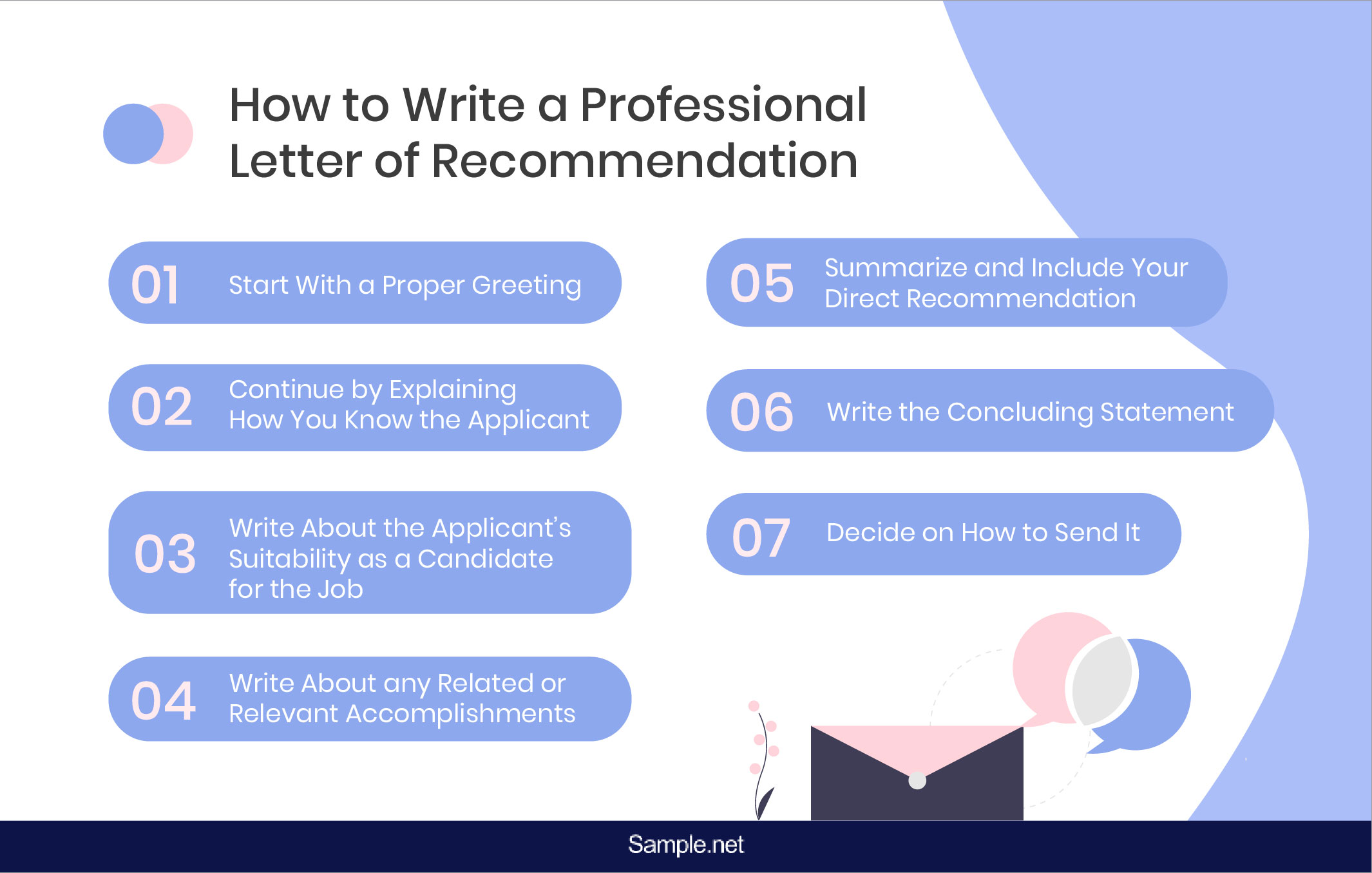
The Dos and Don’ts of a Professional Letter of Recommendation
Even those who think that they’ve got a good grasp on the creation of a letter of recommendation would benefit from a few useful tips from time to time. The following list of dos and don’ts are guaranteed to help refine your technique and increase the quality of your final output.
Dos
1. Do stick to a business letter format.
Remember above all else that you are tasked with writing a professional document. So with that said, it is imperative that you utilize the official business letter format. Doing so will make you seem knowledgeable and savvy, as well as legitimate as far as references go. Employers are also more likely to respond better to letters that use this kind of format.
2. Do focus on the professional’s desired job description.
If the applicant you are writing for is somebody with varied skills and experiences, then it pays to narrow it down to just the relevant skills. To help you do this, focus on what kind of job he or she is referring to. Look into what duties need to be fulfilled by someone in that position then talk up how capable the applicant is in that regard. By focusing on just what is needed, you will save time and effort on your part, not to mention that a generalized description of the applicant’s capabilities may not appeal to all employers as much as a specialized one.
3. Do emphasize one or two of the professional’s best character traits.
This is something that definitely goes hand in hand with the previous tip. A professional who is working in the field of accountancy, for example, would want his or her intellect, accuracy, and integrity to be highlighted above others. This is because those would are the traits most relevant to their desired job. On the other hand, someone looking for more hands-on jobs may want their persistence, focus, and diligence emphasized for the same reason. By zoning in on the traits employers need the most for the vacant positions, you increase the applicant’s odds of getting hired.
4. Do remain as positive as you can
Nobody is perfect, but the point of this letter is to show employers why the applicant is a good choice. Positivity will take you and your applicant far in the goal of achieving employment. Although it is not unheard of for some weaknesses or criticisms to be included, you can still spin it in a more positive manner. For example, if the applicant is a slow typer, you can rephrase that and then say that their dedication to accuracy and research skills can make up for that weakness.
5. Do follow the submission guidelines as much as possible
Different companies are bound to have different standards, as well as submission guidelines that vary. For example, some may require applicants for three different letters of recommendation that are printed out only. Others may ask for only one letter of recommendation and may not necessarily care whether it is sent in print or digitally via email. What’s important is that you pay attention to what the company wants out of its applicants. By following simple instructions, you and the applicant are already putting yourselves above many others when it comes to potential success.
Don’ts
1. Do not accept a word for word dictation from the applicant
Working professionals are understandably busy, so there may be cases where some applicants will volunteer to write the letter themselves and then give it to you to sign. This is not only a dishonest tactic, but if it ever gets discovered, you can bet that the company being applied to won’t think too highly of you or the applicant. If you accept the responsibility of letter-writing, it is best to see to it that your own words are used. You may meet and discuss with the applicant over what to include, but never accept dictation or a pre-written letter. Your own professional integrity is at stake and should be valued at all costs in a world where far too many people are willing to cut corners just to get ahead.
2. Do not neglect any important characteristics
Before we mentioned how important it was to talk up the relevant characteristics that the applicant may have. On a somewhat related note, as the letter-writer, it is your duty to ensure that nothing important is ever neglected. In the event that you do forget, it would be considered a wasted opportunity and will possibly affect the outcome of the applicant’s attempts. For this very reason, it is important to keep the lines of communication between yourselves open, even if both of you are incredibly busy with other things. Discuss what needs to be discussed, including what to write about and how certain types of information can come in handy for the letter of recommendation.
3. Do not shy away from warranted criticism
As noted before, there may be times when you come across a weakness possessed by the applicant. The first instinct of many letter-writers is to simply keep quiet about it. While hiding the negatives can work out well for many, by including them you further develop your legitimacy as a trustworthy reference. After all, who would risk failure by writing about negative traits? One thing to keep in mind is that you should never go overboard with your criticisms. In fact, going for anything else that is beyond ‘mild’ may actually lead to the application’s failure. Lastly, always frame the criticism in a way that makes the applicant look even better in the end.
4. Do not include unnecessary content
The length of a letter of recommendation can be a complicated issue for many. Being either too brief or too lengthy can cause their own set of problems, but there are definitely benefits to each side as well. To keep things as safe as possible, the rule of the thumb would be to simply cut out any information that does not improve the applicant’s chances of success or make the overall letter more impactful. For example, in the paragraph where you introduce yourself and the applicant, there is no real need to divulge any information other than your names, how you know each other, and for how long. If you think adding details such as birthdays, race, gender, or sexual orientation will be of help, then you need to think again. Regardless of length, cut out the unnecessary.
5. Do not forget to proofread
The last tip is to simply take the time to reread everything you have written once the letter is finished. Every writer is prone to mistakes, be it something minor like a typo or something as major as including inaccurate information. You might think that you were diligent about that sort of thing, but taking into consideration how important this is for someone else, it is best to not take any chances. Even if you didn’t find any glaring mistakes, you might even find ways to make other improvements to the letter after your second read of it.
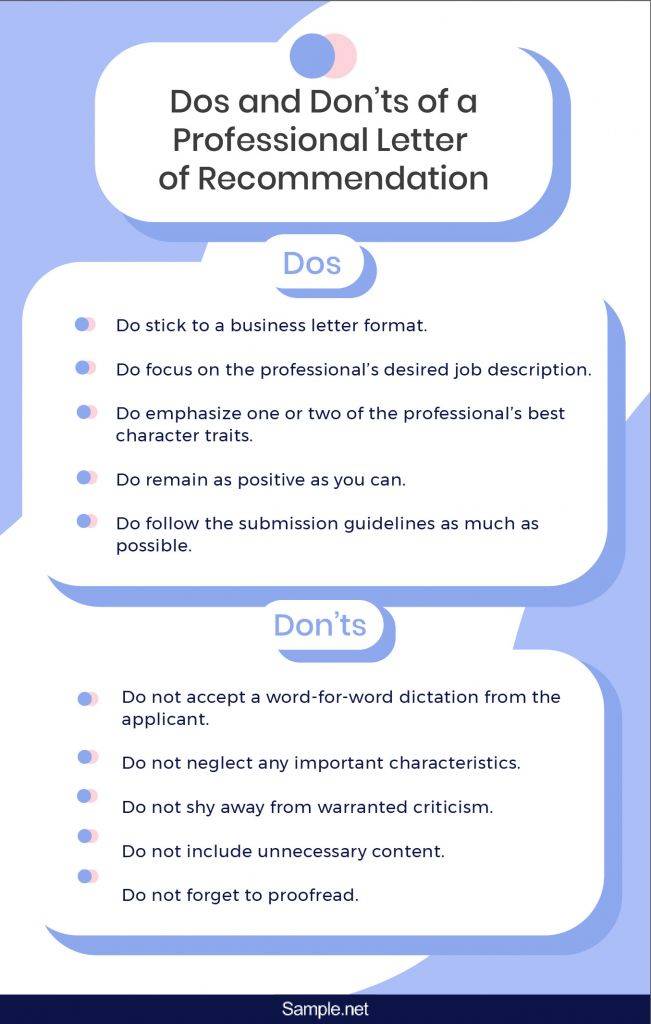
There you have it. As simple and direct to the point, as it may seem, there is definitely a lot more to professional letters of recommendation than what meets the eye. The knowledge you’ve acquired here ought to improve your experience with acquiring this kind of letter. However, in the event that you need a letter but lack the time to create one from scratch, know that professional recommendation letter templates are available online. Just remember to edit your necessary details before printing your letter out.
